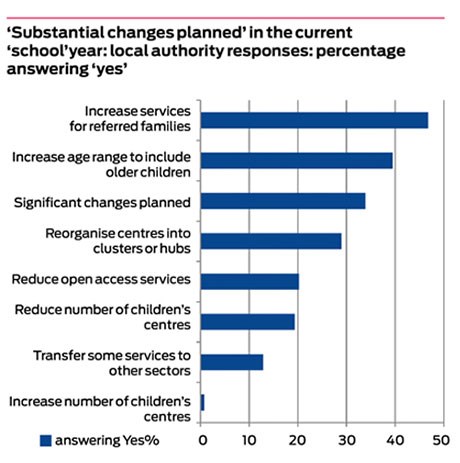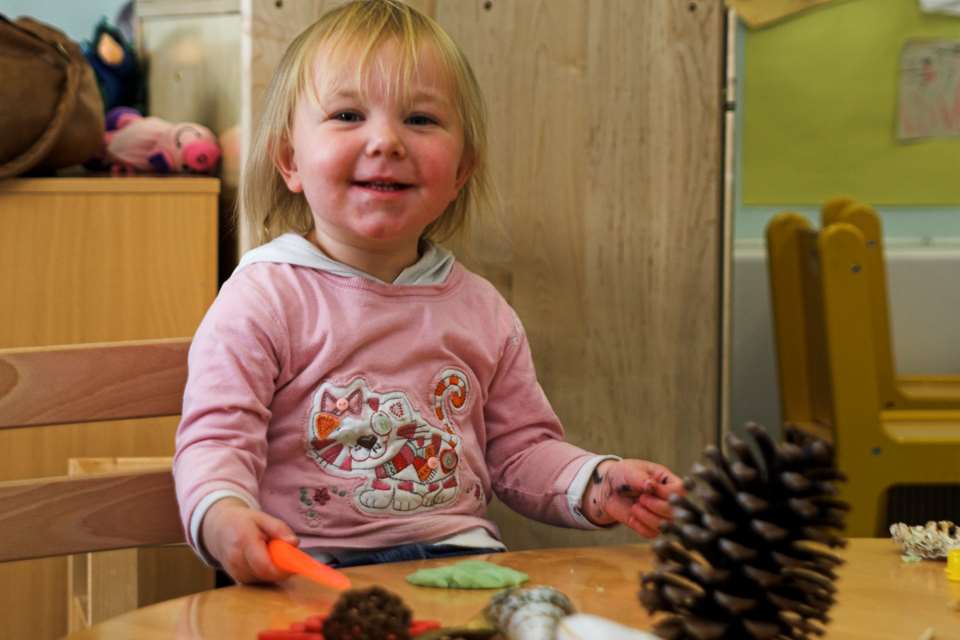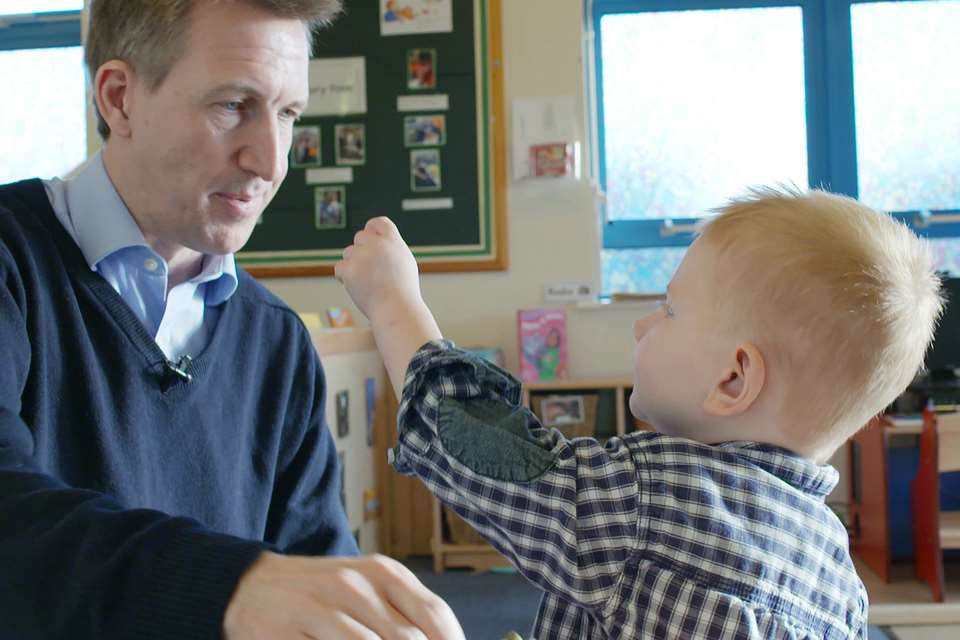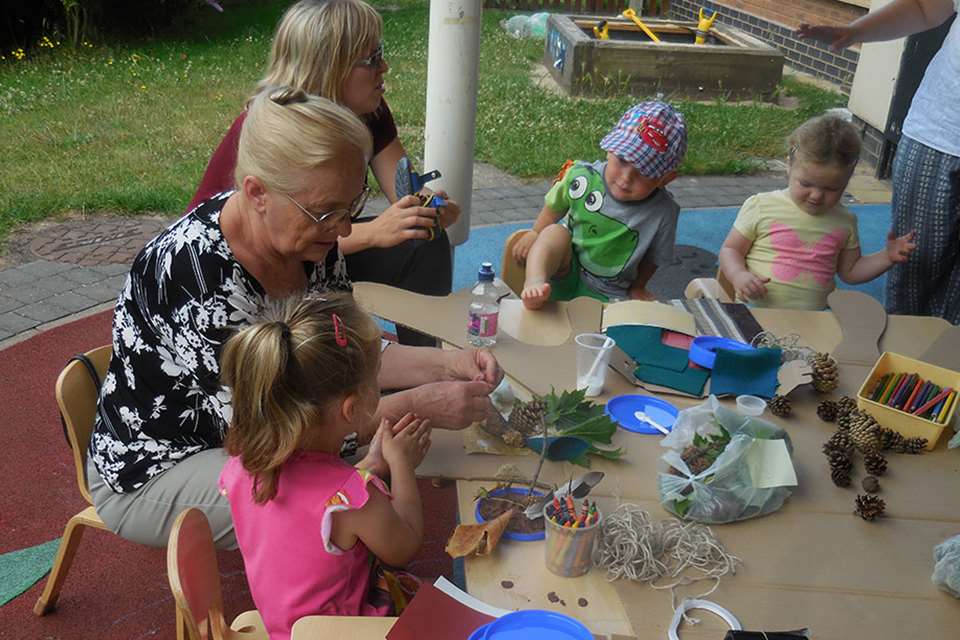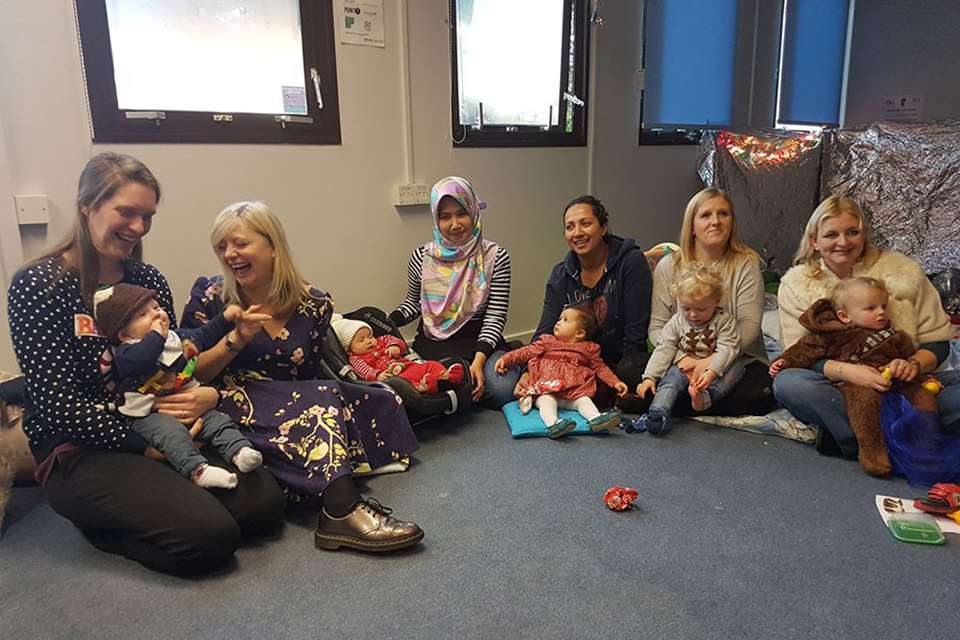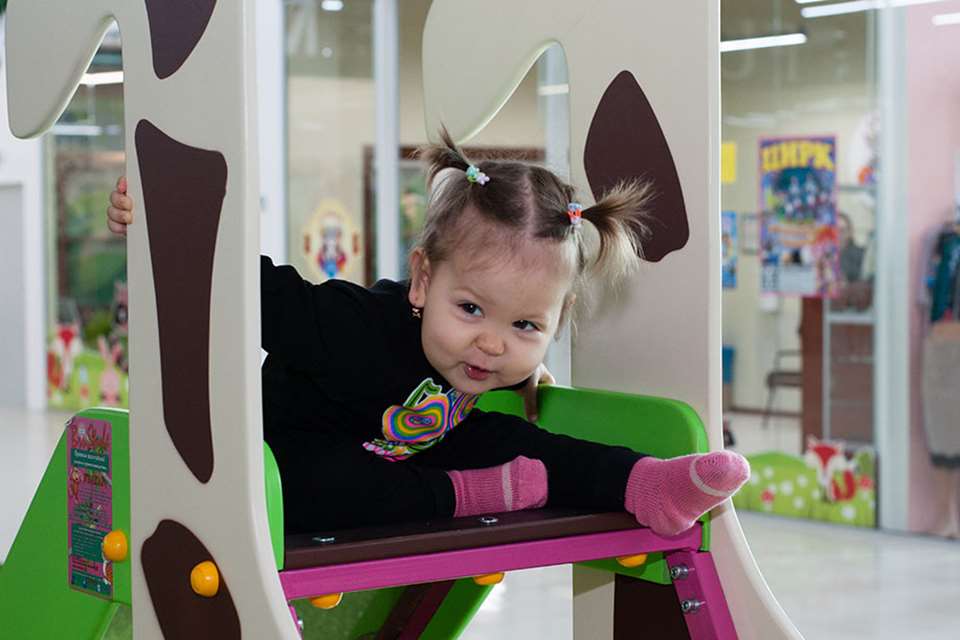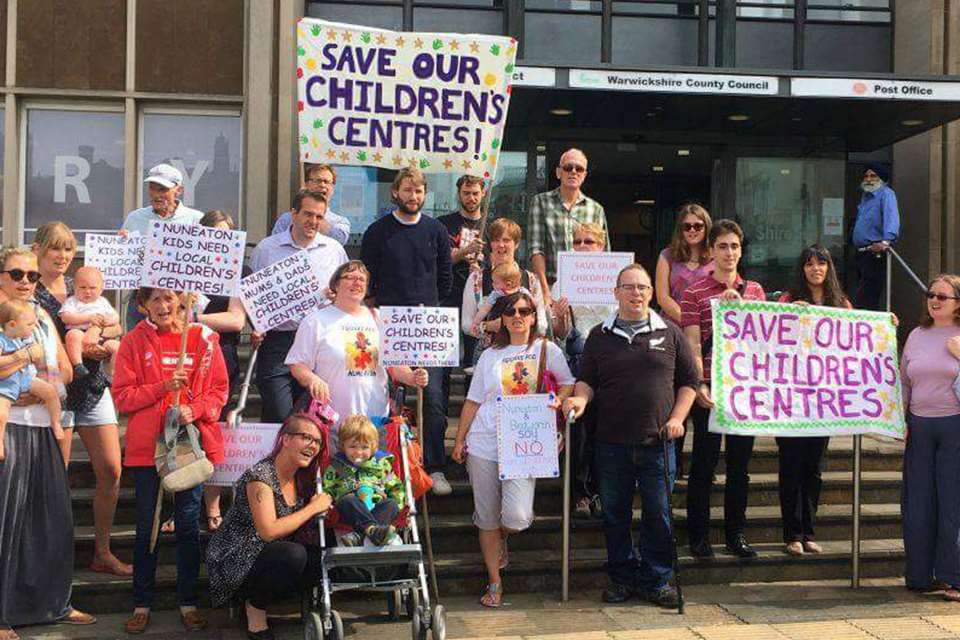At least 1,000 children's centres have closed, claims report warning of 'tipping point'
Saturday, April 14, 2018
A major report by the Sutton Trust claims that 1,000 Sure Start children’s centres have closed since 2009 - twice as many as Government figures show.
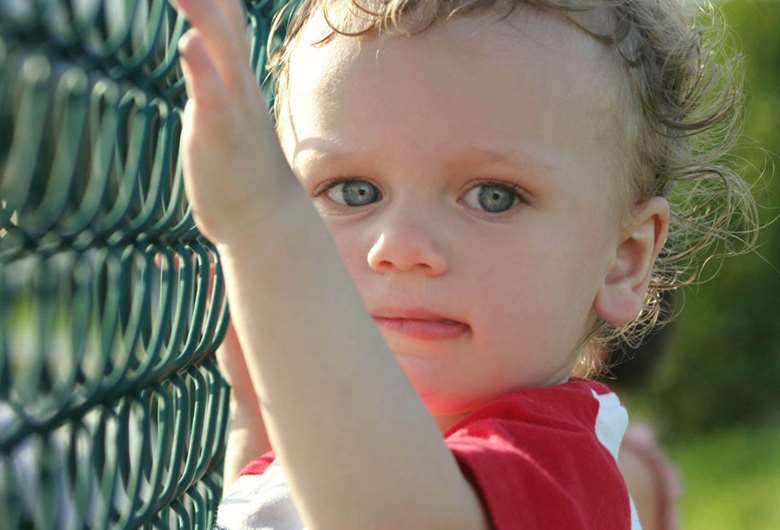
- Number of closures likely to be far higher than official numbers
- Families face 'postcode lottery' of early years services
- Large regional variations in closures
- By 2017, 16 local authorities who had closed more than half of their centres accounted for 55 per cent of the total number of closures
The research, Stop Start, examining the state of Sure Start Children's Centres in 2018 was carried out by leading academics from Oxford University, led by Professor Kathy Sylva. It warns that the survival of the children’s centres programme is now at ‘a tipping point’ with more local authorities preparing to make drastic cuts this year.
The report’s lead author Professor Kathy Sylva from Oxford University told Nursery World, ‘Our survey carried out last summer found that many children’s centres which continue to appear on the Government list have greatly reduced staff and opening hours, in other words, they have been “hollowed out” and now focus on targeted work with vulnerable families.
‘This is short-sighted because the national evaluation of the programme found beneficial effects on families who used the centres, making them an evidence-based means to support all families and not just the most vulnerable.’
As a result of the findings, the Sutton Trust is calling on the Government to complete the long-awaited review into the future of children's centres, which was promised by former childcare minister Sam Gymiah nearly three years ago.
?It also wants a national register of children’s centres to be set up stating minimum levels of provision.
In addition, the trust says that children’s centres should go back to their original purpose of promoting positive child and family development for under-fives by focusing on providing open access services in centres that do not stigmatise families whose children attend as ‘troubled’.
In August 2009 the number of Sure Start children’s centres open was at its peak, with over half (54 per cent) in the 30 per cent most disadvantaged areas. However, as of October 2017, official Government data recorded a 14 per cent drop in centre numbers from the 2009 high of 3,632 to 3,123.
However, the report says that this figure is likely to be a huge underestimate because there is no longer a clear definition of a children’s centre and official data does not keep pace with local closures.
There are big regional variations in children's centre provision. By 2017, 16 local authorities who had closed more than half of their centres accounted for 55 per cent of the total number of closures.
Many original children’s centres have been merged, re-organised or had their services cut and have been converted to linked sites, which offer fewer services and are counted by some councils but not others. There has been more than a 30 per cent drop in the number of registered children’s centres since 2009.
Some areas may have experienced fewer closures, but they have had cuts to services, such as stay and play, and parents are having to rely on public transport to find a centre offering the support they need. In areas without closures, councils have had to reduce services and staffing.
The researchers surveyed local authorities for the reasons behind the changes and found that financial pressures were the main reason for 84 per cent of them, with 69 per cent reporting a budget decrease in the last two years.
The second reason given for 80 per cent of local authorities was ‘change of focus’, a move away from access for all families to targeting provision at high need families, in some cases with a wider age range, from nought to 19.
The report says that children's centres have moved away 'from the original idea of an open access neighbourhood centre. Services are now "hollowed out" - much more thinly spread, often no longer in "pram-pushing distance". The focus of centres has changed to referred families with high need, and provision has diversified as national direction has weakened, with local authorities employing a variety of strategies to survive in an environment of declining resources and loss of strategic direction.'
Full Ofsted inspections of children’s centres have been suspended since September 2015. A report by Action for Children, published in January, found that 1,000 children’s centres had not been inspected for over five years.
In July 2015, Mr Gymiah, the minister responsible for early years, told Nursery World that a consultation into the future of children's centres would be launched in the autumn of that year.
However, no such consultation has taken place and the review appears to have been shelved by the Department for Education.
KEY FINDINGS
- Number of closures likely to be far higher than official numbers.
- Families face ‘postcode lottery’ of early years services.
- Large regional variations in closures.
- By 2017, 16 local authorities that had closed more than half of their centres accounted for 55 per cent of the total number of closures.
Recommendations
1. The Government should complete the review of the children’s centre programme to confirm its national importance and overall purpose with national guidelines. This could stop the piecemeal local closure of centres.
2. The central purpose of children’s centres to promote positive child and family development primarily for the birth to five age group should be stressed, underlining the importance of the early years in child development. Linking children’s centres to local nursery or primary schools fits closely with this.
3. Children’s centres should reconnect with their original purpose. Shifting the balance too far towards referred children and families, away from open access, does not fit well under the label of a local ‘children’s centre’. A good mix of children is important for social mobility and development.
4. A national register of children’s centres should be maintained, which establishes minimum levels of provision for inclusion. Clear criteria for what constitutes a children’s centre should be established.
5. Once the review is completed, the Government should consider re-establishing inspections of a set of core services to embed children’s centres as a nationalprogramme and ensure accountability and quality of service delivery.
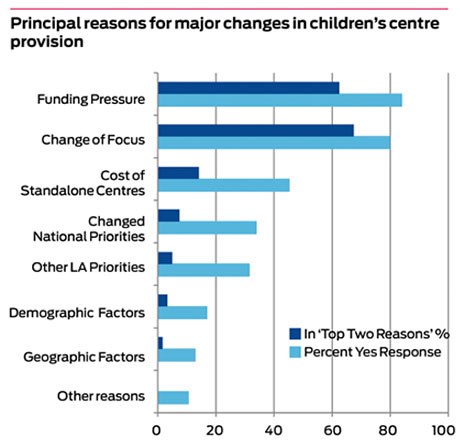
RESPONSES
Commenting on the findings, Sir Peter Lampl, founder of the Sutton Trust and chairman of the Education Endowment Foundation, said, ‘Good quality early years provision makes a substantial difference in the development of children especially those who come from the poorest homes. It is a serious issue that the services that Sure Start centres offer are much more thinly spread than they were a decade ago. Additionally, since 2010 there has been a precipitous decline of 30 per cent in the number of Sure Start centres. Thousands of families are missing out on the vital support they provide.
'The Government should complete its long-promised review of the programme. Instead of trying to serve all age groups, children’s centres should reconnect with their original purpose of promoting child and family development for the 0-5 age group.’
Head of campaigns at Action for Children, Rossanna Trudgian, said, ‘This analysis provides yet more evidence that the Government has turned its back on children's centres – lifeline services that support families who are struggling.
‘Our own research shows that council spending on early help services that are designed to spot signs of neglect and abuse early has fallen by 40 per cent between 2010/11 and 2015/16, while the cost of crisis support has risen by 7 per cent to £6.1bn.
‘It’s only childcare on the Government’s radar. As it continues to drag its feet on its long-promised consultation and services are hollowed out, tens of thousands of children and families who need support are being abandoned. This simply cannot continue – the Government must address the funding gap for children’s services if we’re going to give all children the best start in life.’
Neil Leitch, chief executive of the Pre-school Learning Alliance, said, ‘Despite all the recent rhetoric around social mobility and improving life chances, it’s clear that children’s centres – a vital source of support for disadvantaged and vulnerable families in particular – have fallen off the Government’s list of priorities.
‘Over the past few years, sustained cuts to children's centre funding have resulted not only in widespread closures, but also – as this report rightly points out – the hollowing out of many of those services that remain technically open. Add to this the fact that children’s centre inspections have been “on pause” for nearly three years now, awaiting a consultation that shows no sign of ever being published, and it’s difficult to have any faith that the Government does, in fact, have a plan for the future of these centres.
‘If the Government is truly committed to supporting disadvantaged and vulnerable families, it simply must ensure that children’s centre services are adequately supported. This means not only greater investment, but also a much clearer policy on what children’s centres are meant to achieve, and how the Government intends to support them to do so.’
Tracy Brabin MP, Labour’s shadow early years minister, said, ‘Tory Ministers should be ashamed that it took this report to expose the true extent of the damage their policies have caused.
‘Sure Start provides support and education for families who need it most, yet as this report shows, Conservative cuts have created a postcode lottery in Sure Start provision.
‘Every child deserves a fair chance to succeed, which is why the next Labour government will end the Tory cuts and invest £500m a year in Sure Start.’
The Government said that where they decide to close a children’s centre, councils must demonstrate that children and families, particularly the most disadvantaged, will not be adversely affected, and that they are still meeting the duty to have sufficient children’s centres to meet local need. It said it was committed to narrowing development gaps through its social mobility action plan, Unlocking Talent, Fulfilling Potential, and existing early years entitlements.
A Government spokesperson said, ‘Councils will receive more than £200 billion for local services, including children and young people services, up to 2019-20. In addition to this we are investing more in childcare support than any other government – around £6 billion a year by 2019/20.
‘It is right that we give councils the freedom to decide what services they provide for their communities as they are best placed to understand local needs and how best to meet them, whether through a children’s centre building, a family hub, or another model.’
